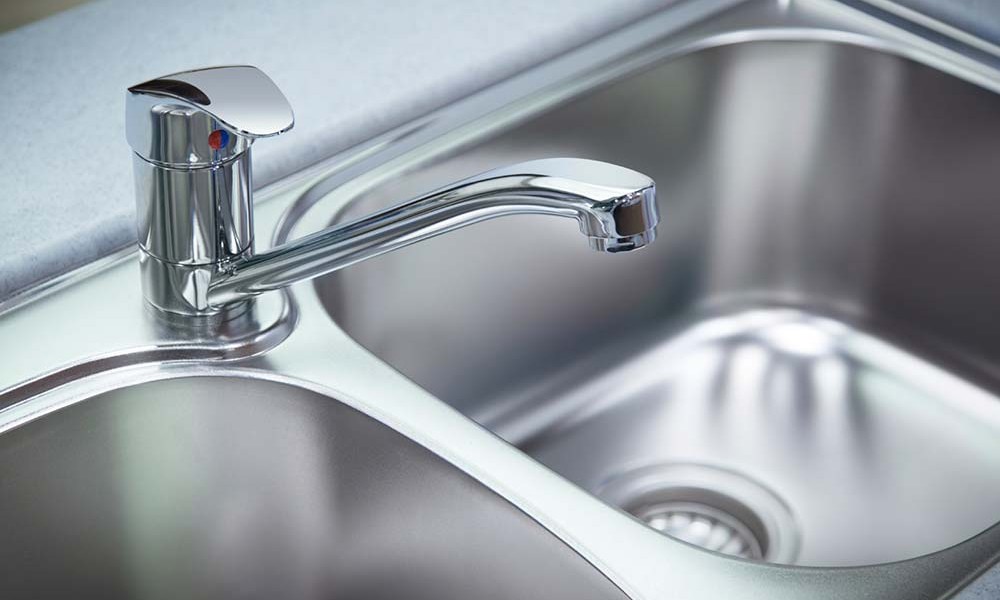How to choose energy-efficient plumbing fixtures for your home?

Homeowners are looking for ways to be energy-efficient. One area with a big impact is with your plumbing fixtures. By installing water-efficient toilets, faucets, and showerheads, you reduce your water usage and save money on your utility bills.
Low-Flow toilets
The biggest water guzzlers in your home are the toilet. Older, conventional toilets use 3.5 gallons or more per flush, while new high-efficiency models use 1.28 gallons or less. Replacing an old 3.5-gallon toilet with a new low-flow model reduces your home’s water usage by thousands of gallons per year. When shopping for a new toilet, look for the WaterSense label. WaterSense is a program sponsored by the EPA that certifies high-performing, water-efficient plumbing products. At a minimum, choose a toilet with a 1.28-gallon per flush rating to maximize water savings. Dual-flush toilets, which have a lower flow rate for liquid waste vs. solid waste, further reduce water usage. Features like a large tramway and wide flush valve improve performance. Try flushing models in the store and read reviews to choose a WaterSense toilet that provides adequate flush power for your home.
Low-flow faucets and showerheads
- Faucets and showerheads are another major source of water waste in most homes. Older models flow at 5 gallons per minute (gpm) or more, while new WaterSense-certified models are required to be less than 2 gpm.
- For kitchen faucets, pull-down and pull-out spout styles often use even less water – 1.5 gpm or less. Touch-activation and multi-flow controls allow further water savings by stopping water flow in between uses.
- They are selecting new bathroom faucets; look for WaterSense models with flow restrictors that reduce flow to 1.5 gpm or less. For showerheads, restrictors bring flow rates down to 2 gpm. Low-flow showerheads also come in high-efficiency models that feel like more water flow while using less.
- Be sure to check the gpm rating when choosing new faucets and showerheads to maximize water savings. Installing aerators with flow restrictors on existing bathroom and kitchen faucets reduces their water usage.
Whole house and point-of-use water filters
Hard water is a major issue in many homes, potentially clogging plumber Eastern Suburbs and appliances, reducing cleaning efficacy, and leaving behind pesky mineral deposits on fixtures and dishes. To combat hard water, more homeowners are turning to whole houses and point-of-use water filters. Whole house water filtration systems are set up where the main water line enters your home. They filter all the cold water used throughout the house. Point-of-use filters are installed under a specific sink faucet and filter just that drinking or cooking water.
Look for a whole house or faucet-mount filter certified to reduce the specific contaminants in your local water supply. Be aware that whole-house systems require an initial investment and ongoing filter replacements. Faucet-mount filters are more affordable upfront, but they need to be changed frequently. Consider combining a whole house filter to treat all bathing and cleaning water with a point-of-use filter on your kitchen faucet for drinking and cooking. This balanced approach provides comprehensive water filtration while maximizing filter cost-efficiency.






